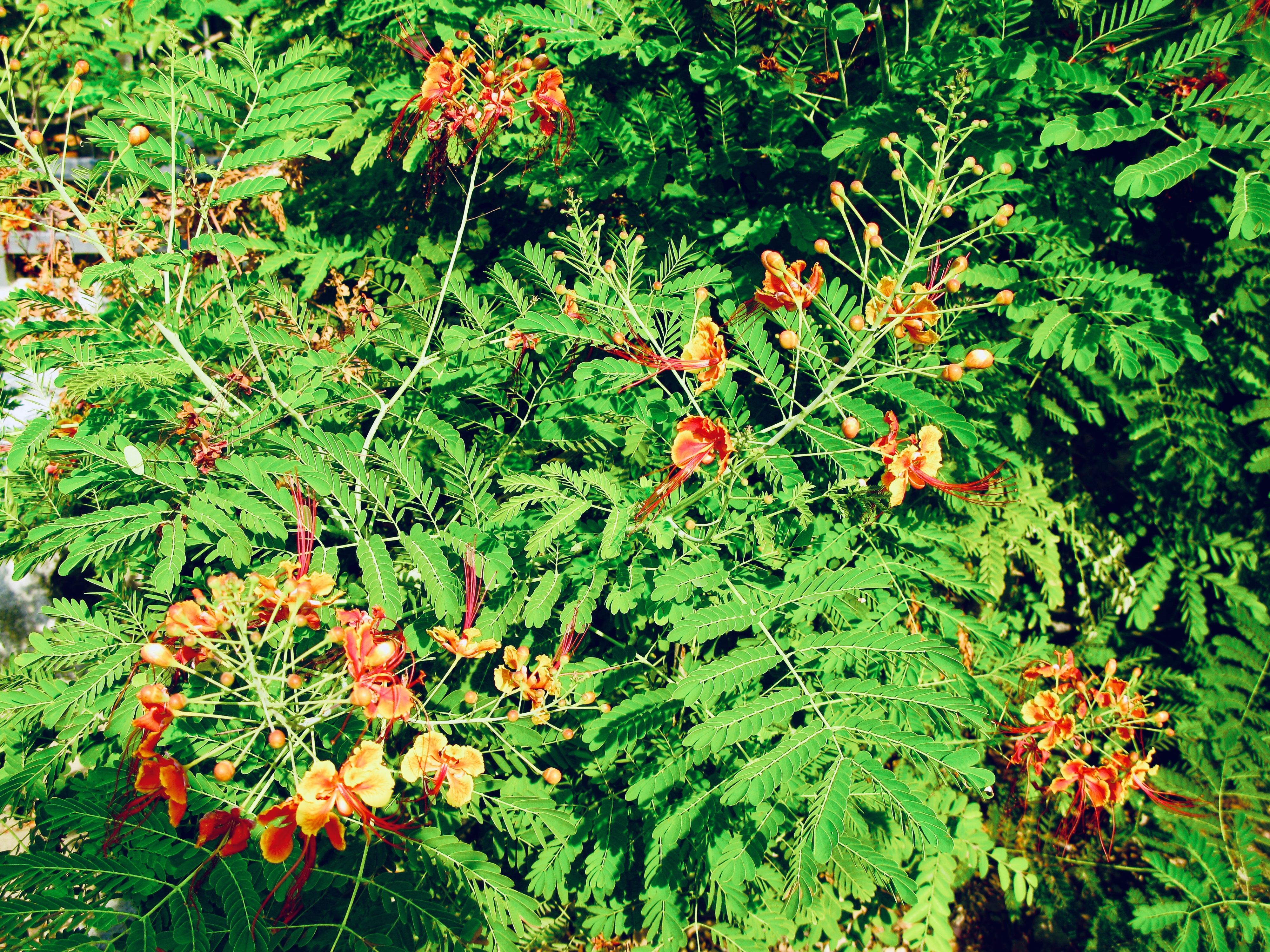Flame tree
(Brachychiton acerifolius)

Description
Brachychiton acerifolius, commonly known as the Flame Tree, is a species of flowering tree in the family Malvaceae, native to subtropical regions of Australia. It is widely cultivated as an ornamental plant for its showy display of bright red flowers and attractive foliage. This article will provide a comprehensive overview of Brachychiton acerifolius, including its physical characteristics, distribution and habitat, cultivation and propagation, and its cultural significance. Physical Characteristics: Brachychiton acerifolius is a deciduous tree that typically grows to a height of 30 meters with a trunk diameter of up to 2 meters. It has a broad, spreading canopy of deep green, lobed, maple-like leaves that are approximately 10–20 cm long and 8–15 cm wide. The leaves are arranged alternately along the stems and are covered in a velvety layer of fine hairs when young, but become smooth as they mature. The flowers of Brachychiton acerifolius are produced in large, showy clusters that can be up to 30 cm long and 15 cm wide. The individual flowers are bright red, with five petals that are fused at the base to form a bell-shaped structure. The flowers appear in the late spring or early summer, usually after the leaves have fallen, and are followed by woody, egg-shaped capsules that are approximately 10 cm long and 6 cm wide. The capsules contain numerous small, winged seeds that are dispersed by the wind. Distribution and Habitat: Brachychiton acerifolius is native to the subtropical regions of eastern Australia, where it occurs in the coastal regions of New South Wales and Queensland, as well as in the hinterland rainforests of these regions. It is commonly found in wet sclerophyll forests, along creek beds, and on the edges of rainforests. Cultivation and Propagation: Brachychiton acerifolius is widely cultivated as an ornamental tree in subtropical and tropical regions around the world, including South Africa, California, and Florida. It is a hardy tree that is relatively easy to grow, but it requires well-drained soil and regular watering during the growing season. It is tolerant of a wide range of soil types, including sandy and clay soils, and can be grown in full sun or partial shade. Propagation of Brachychiton acerifolius is typically achieved by seed, which should be sown in the early spring after being soaked in water for 24 hours. Germination typically occurs within two to four weeks, and the seedlings can be transplanted into individual pots or directly into the ground once they have developed a strong root system. Cultural Significance: Brachychiton acerifolius has cultural significance for several Indigenous Australian groups, who use the tree for a variety of purposes. The bark of the tree can be used to make rope and fishing nets, while the sap has been used as a glue for tool-making. The flowers are also used in traditional medicine to treat coughs and colds. In addition to its cultural significance, Brachychiton acerifolius is also an important species for ecosystem health, providing habitat for a variety of native birds and insects. The tree is also an important source of food for several species of possums and gliders. Conclusion: Brachychiton acerifolius, also known as the Flame Tree, is a beautiful and culturally significant species of tree that is native to subtropical regions of eastern Australia. It is widely cultivated as an ornamental plant for its showy display of bright red flowers and attractive foliage, and is relatively easy to grow.
Taxonomic tree:







